Asparagus and Feta Quiche: An Inviting Blend of History and Unique Flavors
A dish that's stood the test of time and Palates, the quiche, an enticing custard delight baked in a pastry crust, has a rich history dating back to Germany. Over the years, it has evolved and adapted across different cultures. The Asparagus and Feta Quiche is one such gourmet innovation, marrying the timeless quiche with a spring harvest.
Our Asparagus and Feta Quiche is a symphony of vibrant spring produce and a savory egg custard baked to perfection. With asparagus, peas, and red bell pepper making up a colorful vegetable ensemble contrasted by the tangy feta cheese, it's an ideal dish to usher in the freshness of Spring.
And undeniably, the heart of this wholesome quiche is the Selo Olive Oil. This Croatian olive oil brand renders a distinct flavor, adding an authentic touch to our dish.
Preparing the Asparagus
While placing asparagus in quiche, the method of preparation could be unique to each recipe or personal preference. Pre-cooking asparagus can reduce excess moisture and ensure that it cooks evenly alongside the other ingredients. However, raw asparagus can provide a delightful crunch, complementing the creamy texture of the quiche.
Quiche: To Cover or Uncover?
There are differing opinions on whether or not a quiche should be covered when baking. While some recipes might call for it to prevent the top from browning too much, covering can also cause the filling to become too wet. Removing the cover for the final 10-15 minutes is ideal to give the quiche a golden-brown finish.
Avoiding a Soggy Crust
Ensuring the bottom crust of a quiche doesn't get soggy is key. Blind-baking the crust i.e., pre-baking it for a few minutes before adding the filling is one method. Another is to brush the bottom with an egg wash or a thin layer of cheese, which could act as a barrier and help prevent the moisture from making the crust soggy.
Incorporating Selo Olive Oil
A vital component of our Asparagus and Feta quiche is the use of Selo Olive Oil. With its roots in the picturesque lands of Croatia, Selo Olive Oil adds a defining touch and flavour to this delightful dish, integrating seamlessly within the egg mixture and vegetable sauté, making each bite truly memorable.

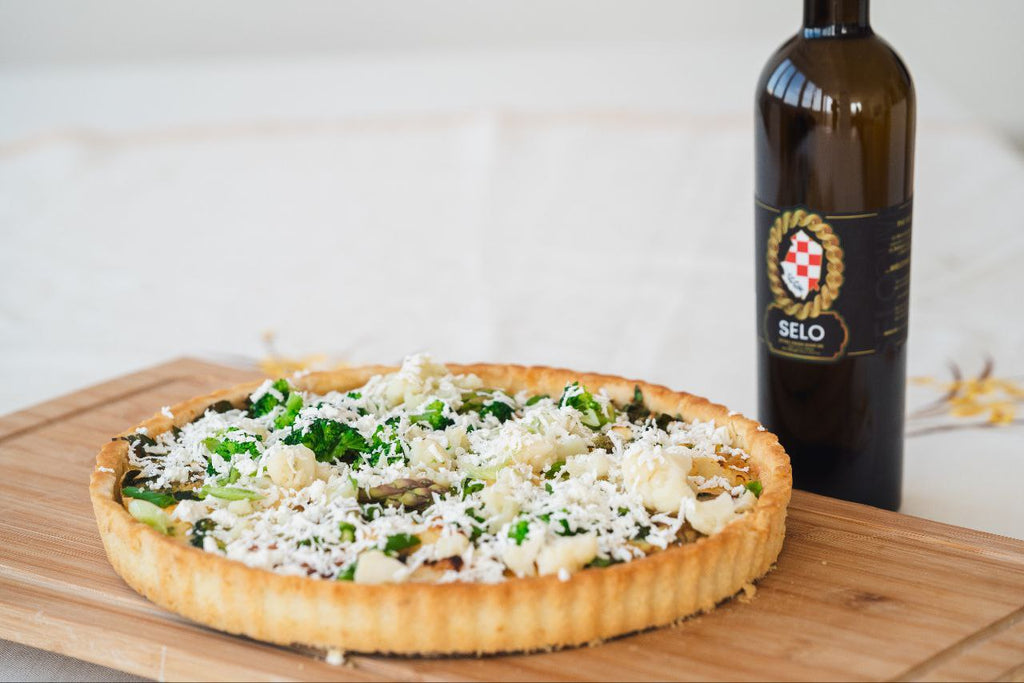
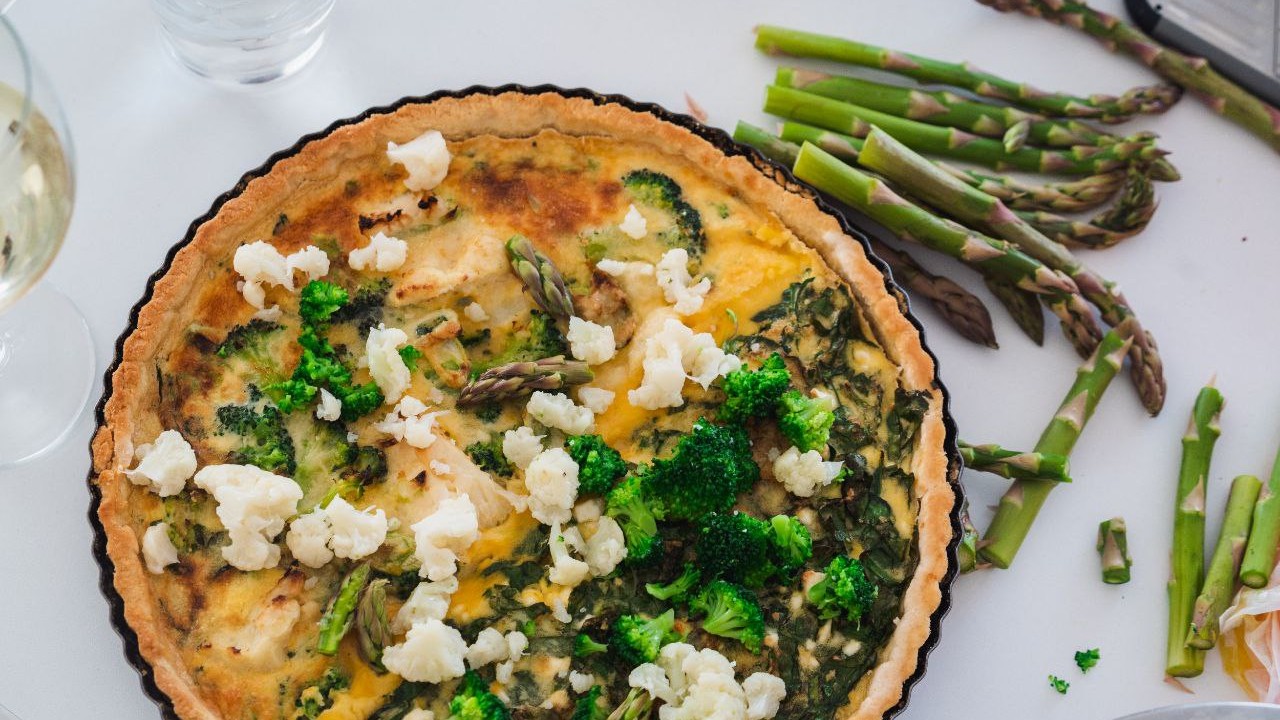
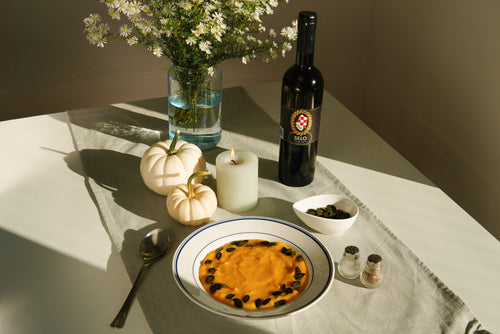
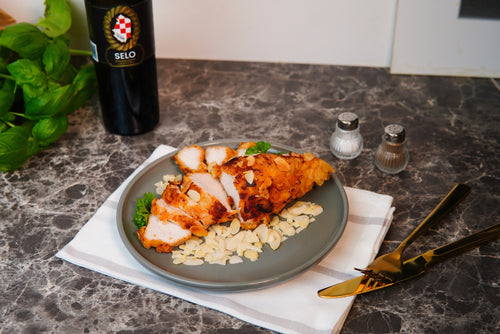
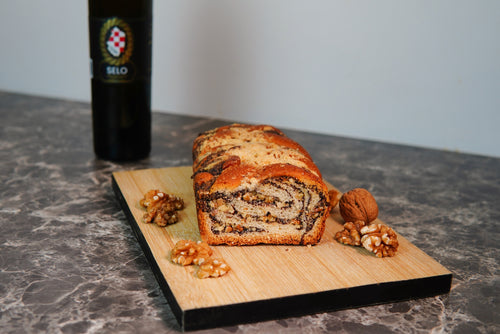
Leave a comment: